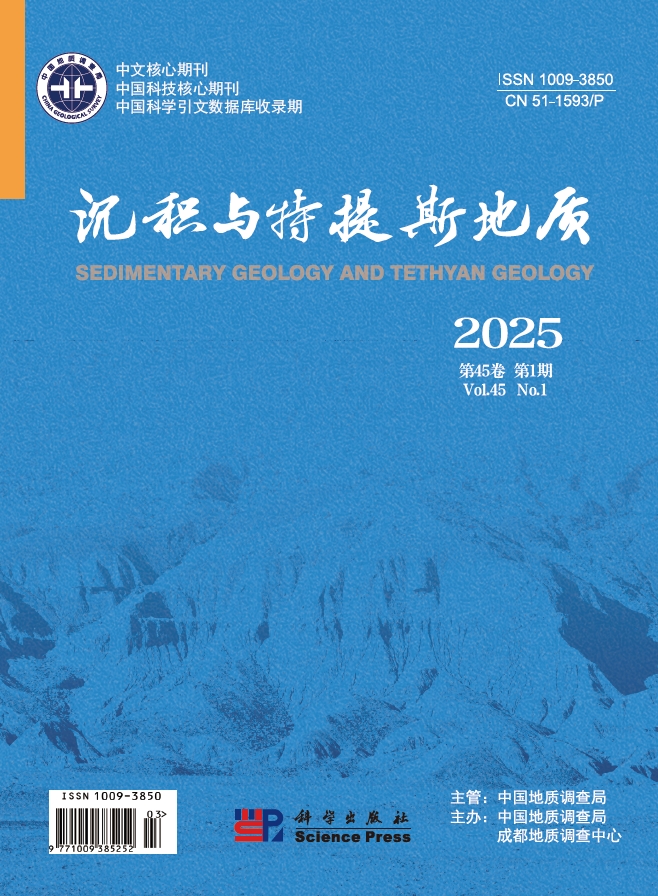BAI Jian-ke, LI Zhi-pei, MA Zhong-ping, SUN Ji-ming, LI Ting. Angular unconformity at the bottom of the Lower Carboniferous Dahalajunshan Formation: constraints on the Palaeozoic ocean-continent transition in the Tianshan Mountains[J]. Sedimentary Geology and Tethyan Geology, 2015, 34(1): 86-95.
| Citation: |
BAI Jian-ke, LI Zhi-pei, MA Zhong-ping, SUN Ji-ming, LI Ting. Angular unconformity at the bottom of the Lower Carboniferous Dahalajunshan Formation: constraints on the Palaeozoic ocean-continent transition in the Tianshan Mountains[J]. Sedimentary Geology and Tethyan Geology, 2015, 34(1): 86-95.
|
Angular unconformity at the bottom of the Lower Carboniferous Dahalajunshan Formation: constraints on the Palaeozoic ocean-continent transition in the Tianshan Mountains
-
1. Xi'an Center, China Geological Survey, Xi'an 710054, Shaanxi, China;
2. Key Laboratory for the Study of Focused Magmatism and Giant Ore Deposits, Ministry of Land and Resources, Xi'an 710054, Shaanxi, China
-
Abstract
The volcanic-sedimentary rocks from the Lower Carboniferous Dahalajunshan Formation are widely exposed in the western Tianshan Mountains. There is a wide regional angular unconformity between the Dahalajunshan Formation and its underlying strata, i. e., the Precambrian crystalline basement or preCarboniferous folded basement. The regional angular unconformity represents a strong fold and uplift orogenic event judged from the angular unconformities and the alluvial-proluvial clastic rocks or continental volcanic rocks at the bottom of the Lower Carboniferous Dahalajunshan Formation. The stratagraphic sequences of initial deposits overlying the unconformity surface represent the onset of a new round of sedimentary cycles in the Carboniferous post-collision rift basin. The interbedded andesite samples collected from the bottom of the Lower Carboniferous Dahalajunshan Formation gives a LA-ICP-MS zircon U-Pb age of 359±2.3 Ma, which not only defines the age of the above-mentioneol regional angular unconformity, but also represents an initial age of the Tianshan post-collision rift basin. Therefore, we can draw the conclusion that the time duration of the Palaeozoic ocean-continent transition should be limited at the boundary of the Late Devonian to the Early Carboniferous, followed by the post-collision rift evolutionary stage of the Tianshan orogenic belt.
-

-
-
Access History







 DownLoad:
DownLoad: